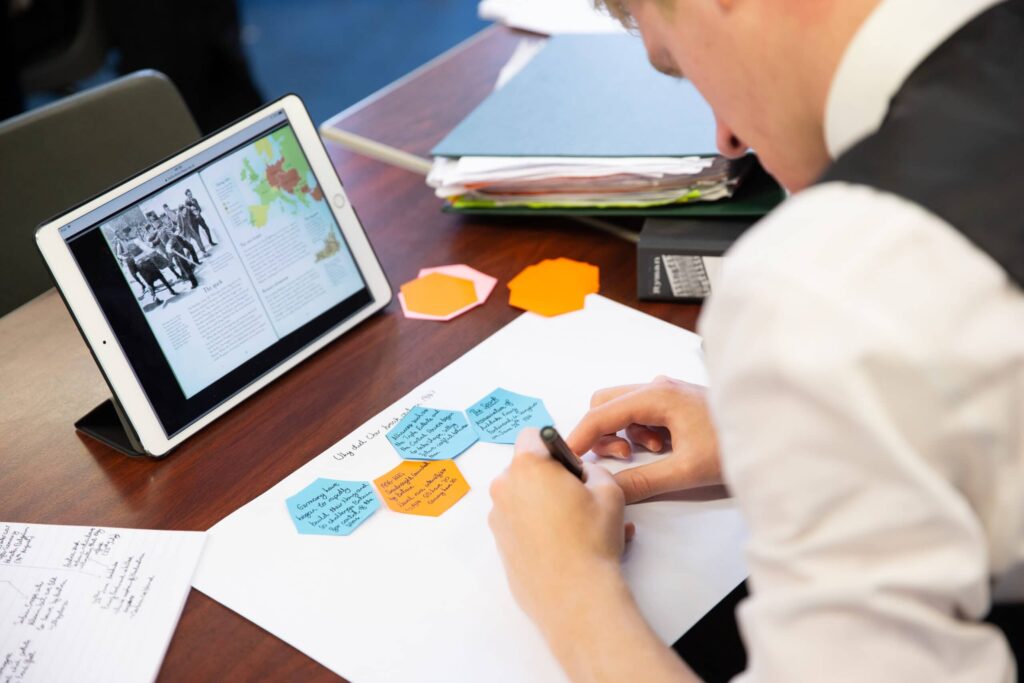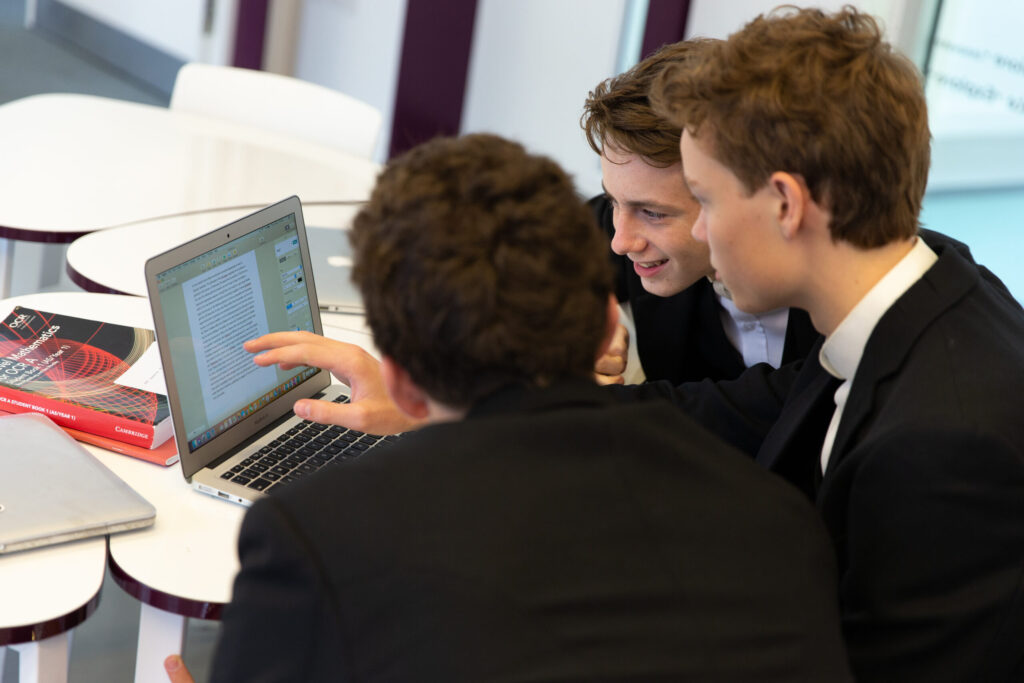This week’s blog post is by Kayleigh Betterton, teacher of English at Eton College. Kayleigh was previously the Research Lead at Bedford School and is now working on her PhD in English at the University of London.
What is unconscious bias?
Unconscious bias is when we unintentionally favour one person or group of people over another, but are unaware we’re doing it.
In 2016, an article by John M Malouff and Einar B Thorsteinsson in the Australian Journal of Education shone a light on grading bias with a meta-analysis of the existing research. The study found that this phenomenon could lead to students receiving up to five marks less if they have ‘unfavourable characteristics’, which could equate to an entire grade’s difference.
How can we prevent unconscious bias?
The following tips are adapted from the article ‘Assessed Grades: 8 Steps to Avoid Unconscious Bias’, published last week in the TES by the AQA Research Team and Clare Jonas:
1. Be aware
Everyone has unconscious biases, but by being aware of them, you can help to counteract them.
2. Understanding why and when it can happen
There are times when our working memory can be overloaded with information – for example, if we do two things at once, or if we are tired, stressed or rushed. Unconscious bias is most likely to happen in these ‘overload’ situations, so try to focus on one thing at a time and establish a routine to prevent this from happening.
3. Get into a routine
Develop a procedure to generate likely grades and rankings for every student, including how to weight your evidence and what to do when a student’s information is incomplete or ambiguous.
When determining Centre Assessed Grades (‘CAGs’), always think of each student individually and use the objective evidence you trust most to make your final decisions.
A consistent procedure will reduce the likelihood of bias, because you’ll have more attention to give to the task at hand than if you are working out the procedure as you go.
4. Take your time making decisions
Decisions made slowly and deliberately are less prone to bias than ones made hastily. You may need to refer to one set of evidence in one session and another in a further session, but try to avoid rushing.
5. Final sense check
Once you’ve completed the process, the last thing to do is a final sense check, which can be conducted by asking yourself questions such as: Do the CAGs and rankings for the school look fair and defensible?
Forms of unconscious bias
The table below outlines several forms of bias and how they work. These are adapted from Christina Milos’s 2011 blog post ‘Assessment Errors’, available on her Teach, Learn, Share blog.
| Form of bias | How does it work? |
| The ‘Halo’ Effect | The teacher gives grades to students based on their overall impression of each student. This is often based on the impression formed at the beginning of the year. |
| The ‘Anchor’ Effect | This is where the teacher notices a unique or outstanding approach by a student to their work and then assesses all other students based on this impression. |
| The ‘Pygmalion’ Effect | The Pygmalion Effect, or Rosenthal Effect, is where high expectations lead to improved performance. This can lead to teachers having high expectations of certain students and then confirming this in their marking. |
| The ‘Central Tendency’ Effect | This is where teachers (often new to the profession) are afraid of over- or under-grading and so they go for ‘middle’ grades. |
| The ‘Similarity’ Effect | The teacher uses himself or herself as a reference point in assessing students, which can lead to them penalising the students who do not follow their own style or pattern. |
| The ‘Contrast’ Effect | The teacher assesses students based on the proximity of their work to other pieces of work. This is problematic because we tend to underestimate a student’s work if it follows an outstanding piece or overestimate a student’s work if it follows a poor piece. |
| The ‘Logical Fallacy’ Effect | The teacher replaces the assessment criteria with criteria that is tangential to the learning, such as the effort the student put in or the general character skills the student has (such as conscientiousness, diligence, self-discipline, determination, motivation, etc.). |
| The ‘Order’ Effect | The teacher grades different pieces of student work with similar grades and fails to notice the differences due to their own exhaustion or other mood-related parameters. |
| The ‘Teacher Style’ Effect | The teacher assesses work purely in accordance with the strict knowledge of evidence rather than the originality of student thinking. |
Further reading
For further research on the above areas, see below. For a related blog post, which discusses certain ‘knowledge illusions’, such as forms of cognitive bias, that can become psychological obstacles to metacognition, see here.
Jussim, L., & K. Harber, 2005. ‘Teacher Expectations and Self-Fulfilling Prophecies: Knowns And Unknowns, Resolved And Unresolved Controversies’. Personality and Social Psychology Review, 9 (2), 131-155.
Malouff, J. M., & E. B. Thorsteinsson, 2016. ‘Bias in Grading: A Meta-Analysis of Experimental Research Findings’. Australian Journal of Education, Vol. 60, No. 3 (Nov. 2016), 245–256
McNatt, D., 2000. ‘Ancient Pygmalion joins contemporary management: A meta-analysis of the result’. Journal of Applied Psychology, 85(2), 314-322.
Quigley, A., 2014. ‘The Halo Effect and Unconscious Bias’, The Confident Teacher Blog, 7 May 2014 (accessed 4 May 2021).
Rosenthal, R., & L. Jacobson, 1966. ‘Teachers’ Expectancies: Determinants of Pupils’ IQ Gains’. Psychological Reports, 115-118.





